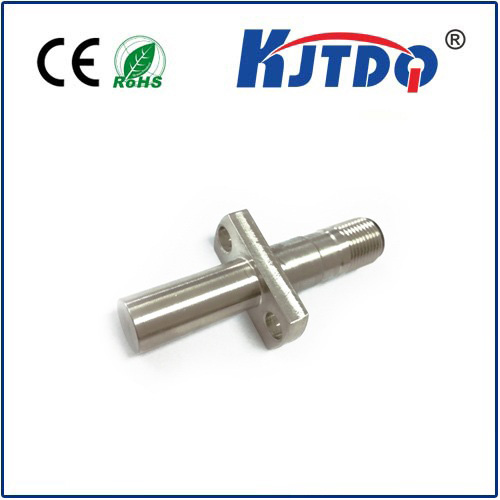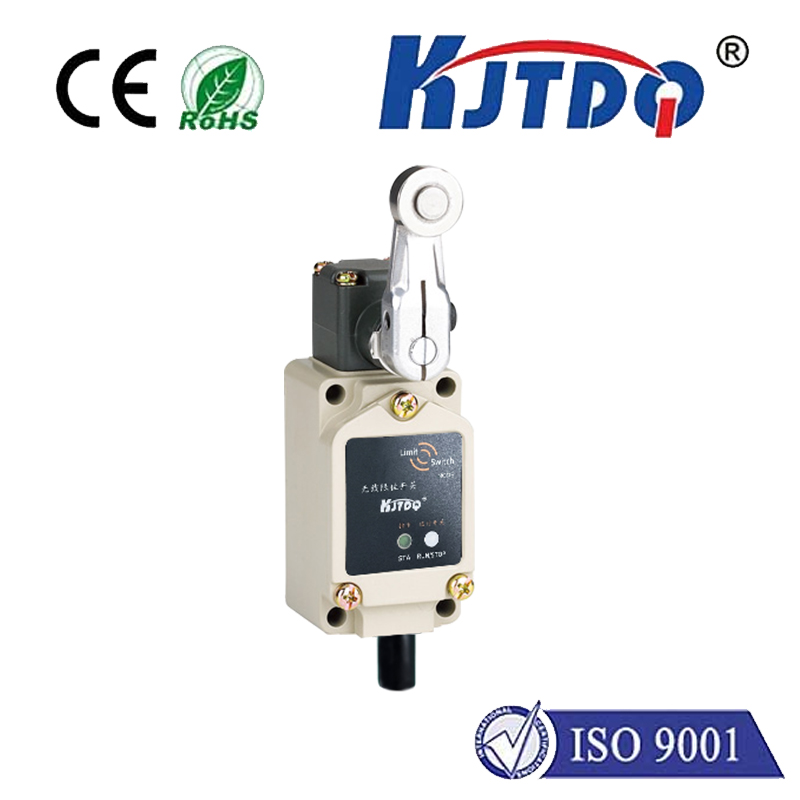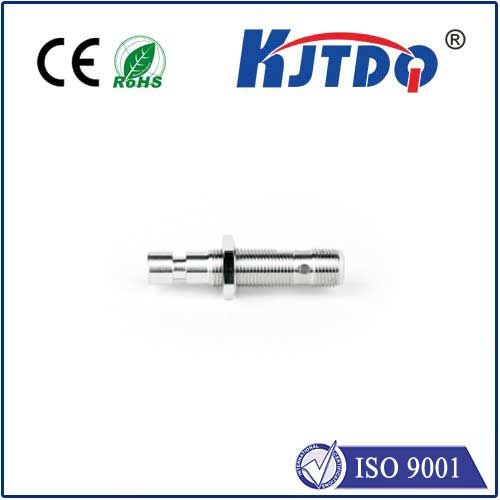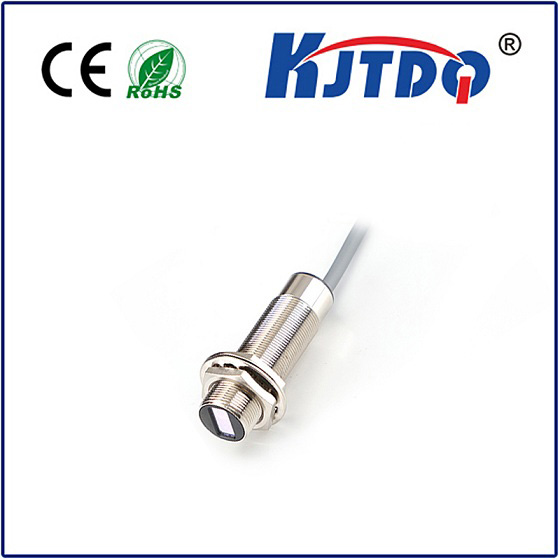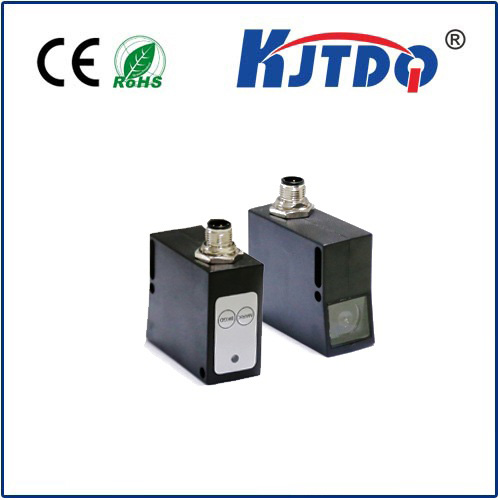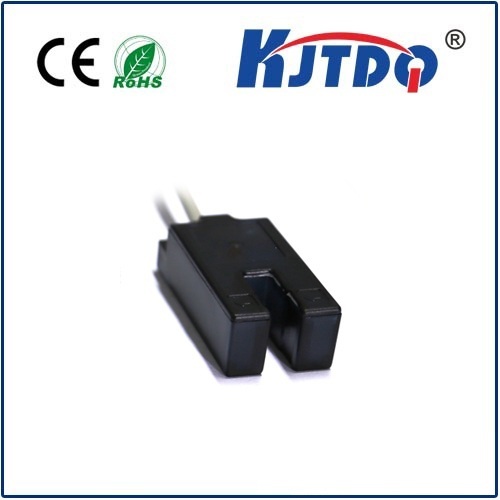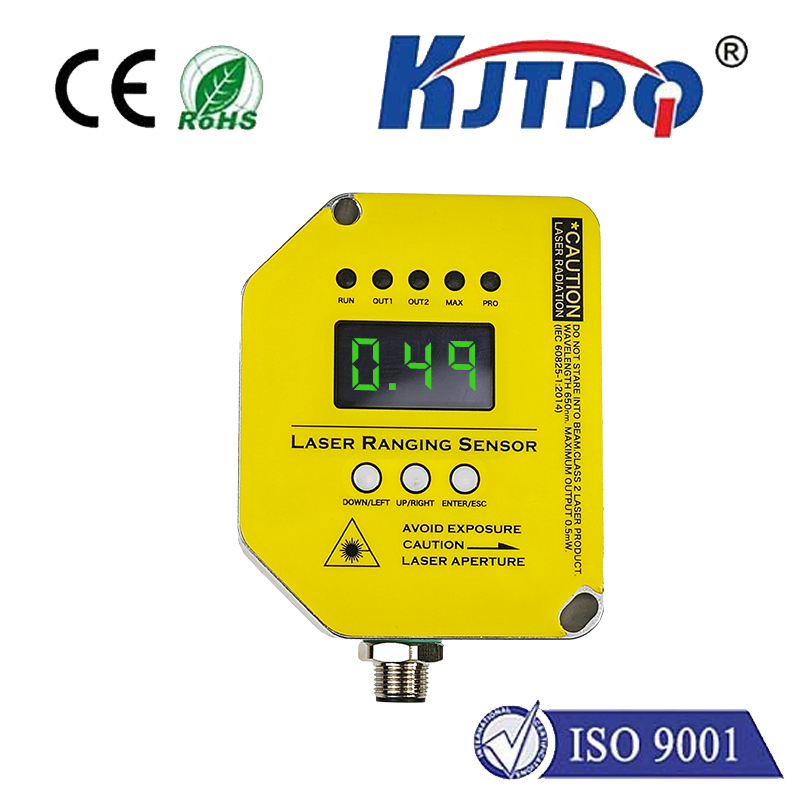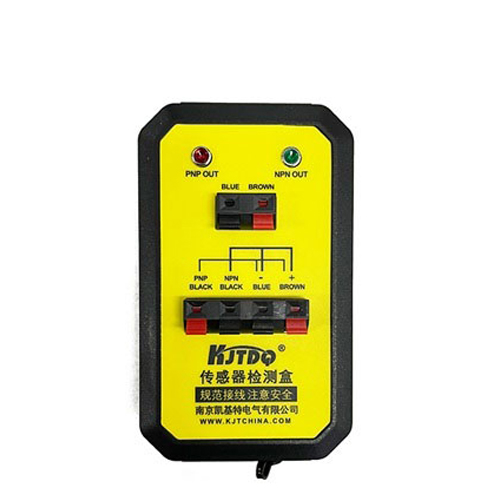

check

check

check

check

check

check

check

check

check

check
Imagine needing pinpoint-accurate pressure readings inside a whirring wind turbine nacelle, deep within intricate hydraulic machinery, or amidst the controlled chaos of a bustling manufacturing plant. In these scenarios, where space is tight, conditions are harsh, and reliability is non-negotiable, the PI1807 pressure sensor emerges as an indispensable solution. This unassuming yet powerful device represents a significant leap forward in delivering robust, accurate, and easily integrated pressure sensing for the modern industrial landscape. Let’s delve into what makes the PI1807 a go-to choice for engineers facing demanding measurement challenges.
What Exactly is the PI1807 Pressure Sensor?
At its core, the PI1807 is a digital output absolute pressure sensor. Unlike gauge sensors that measure relative to ambient pressure, the PI1807 measures pressure relative to a perfect vacuum sealed within its reference chamber. This makes it exceptionally valuable for applications where knowing the true, absolute pressure is critical, such as altitude measurement, vacuum systems monitoring, or processes requiring pressure readings unaffected by local atmospheric changes.
Manufactured with cutting-edge MEMS (Micro-Electro-Mechanical Systems) technology, the PI1807 integrates a precision silicon sensing element and sophisticated signal conditioning electronics into an incredibly compact form factor. This miniaturization is key to its versatility, allowing installation where larger traditional sensors simply wouldn’t fit. Crucially, it’s designed from the ground up for rugged industrial environments, featuring robust construction that shrugs off vibrations, mechanical shocks, and the thermal fluctuations commonplace in factories, mobile equipment, and automation systems.

Core Capabilities That Define the PI1807
Technical Specifications at a Glance:
| Feature | Specification (Typical, Varies Slightly by Model) | Significance |
|---|---|---|
| Supply Voltage | 1.5 V to 3.6 V | Low voltage operation, ideal for battery-powered systems |
| Output | Digital (I2C, SPI) | Robust, noise-immune communication; easy MCU/PLC interfacing |
| Pressure Range | Various, e.g., 300-1200 mbar, 0-10 bar (absolute) | Suits applications from vacuum monitoring to medium pressures |
| Accuracy | High (e.g., ±1% FSO or better, typ. @25°C) | Reliable and precise measurements critical for process control |
| Resolution | High (e.g., Up to 24-bit ADC output possible) | Fine detail capture for pressure variations |
| Temp. Comp. | Integrated Temperature Compensation | Maintains accuracy across wide temperature swings |
| Operating Temp. | -40°C to +85°C (or wider) | Thrives in demanding industrial environments |
| Size | Extremely Compact (e.g., < 5mm x 5mm) | Fits into space-limited designs and PCB layouts |
| Long Term Stability | Good | Minimal drift ensures sustained accuracy over time |
Where the PI1807 Pressure Sensor Shines: Key Applications
The unique blend of digital intelligence, compactness, and ruggedness makes the PI1807 exceptionally versatile:
Things to Consider When Selecting a PI1807
While a powerful sensor, ensuring it’s the right fit involves checking:
The PI1807 pressure sensor stands as a prime example of how MEMS technology continues to revolutionize industrial sensing. By delivering exceptional accuracy and reliability through a digitally integrated, compact, and rugged package, it solves critical measurement challenges across a diverse range of demanding fields. Whether optimizing industrial processes, enabling smarter portable devices, or ensuring safety in complex machinery, the PI1807 proves that high performance doesn’t require large footprints.
